See part one of The 1920s Woman
The Flappers emerged onto the American scene in the Roaring 20s and will forever be associated with freedom and fun. The term ‘flapper’ has roots in post-World War I Great Britain. Originally, it referred to “a young girl, still somewhat awkward in movement and who had not yet entered womanhood.” G. Stanley Hall described his discovery of the term in the June 1922 edition of Atlantic Monthly.
[T]he dictionary set me right by defining the word as a fledgling, yet in the nest, and vainly attempting to fly while its wings have only pinfeathers; and I recognized that the genius of ‘slanguage’ had made the squab the symbol of budding girlhood.
Across the pond, a flapper was defined as “a giddy, attractive, and slightly unconventional young thing who in [H.L] Mencken’s words, ‘was a somewhat foolish girl, full of wild surmises and inclined to revolt against the precepts and admonitions of her elders’” according to William and Mary Morris’ Dictionary of Word and Phrase Origins.
Post-WWI attitudes about women’s place in society changed rapidly and soon, many young women were no longer willing to sit on the sidelines waiting for decorum to bring a suitable beau. They had real jobs, many for the first time, during the war and were enjoying new-found independence. Many considered this new lifestyle outrageous, immoral, or downright dangerous because this generation of young women pushed the barriers of economic, political, and sexual freedom.
Young men who returned after the war were very different, too. Together, these young men and women broke away from the old set of values and created their own.
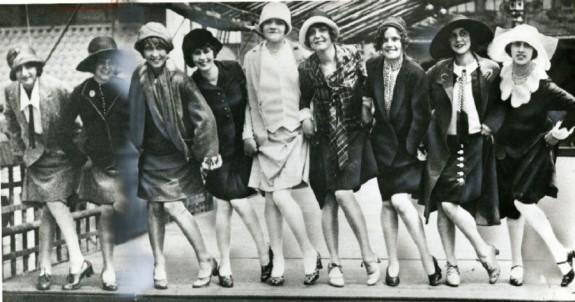
The Jazz Age changes America forever
By the time the 1920s rolled around, Prohibition was fully entrenched in America. This didn’t deter the younger generation. An explosion of private clubs and speakeasies provided places to gather, socialize, listen to music, dance, watch floor shows, and drink alcohol, all while enjoying the company of the opposite sex.
Learn more about the history of the Prohibition movement in our interview with the American Prohibition Museum.
The Roaring ’20s was also known as the Jazz Age, partly due to Prohibition. The Harlem Renaissance that started in the 1910s was considered the “golden age in African American culture, manifesting in literature, music, stage performance, and art.” This new, uniquely American sound became known as jazz and was radiating out of Harlem. The Jazz Age was in full swing by the 1920s and was often the music of choice at speakeasies.
Jazz was attractive to young people and they wanted to be part of that cultural cutting edge. Harlem’s nightlife featured some of the most celebrated African American musicians, singers, and dancers of the day. Integrated ballrooms were common.
New dance styles came along with this new style of music and it was impossible to move to jazz in a corset and floor-length dress. Hemlines were already rising as the twenties started picking up steam. By the mid-’20s, the fashion and image of the flapper were quite identifiable. It was all about freedom of movement with a side of androgyny.
Flappers and the garconne look
Coco Chanel not only created the first ‘little black dress’ in 1926, but she is also the one who popularized the ‘garconne’ (little boy) look. Women flattened their chests using strips of cloth to bind their breasts to achieve the look. The square neckline helped to reinforce this image. The bob haircut was popularized by celebrities such as Colleen Moore and Louise Brooks.
Hems rose to just below the knee between 1925 and 1927. Waists dropped to the hipline. Art Deco motifs were featured in many designs and evening party dresses were made of rich velvet and satin. Stockings made of rayon debuted and could be seen rolled over garters just above the knee as women moved. Long strings of pearls were among the must-have accessories. Long cigarette holders were all the rage. High heels were ‘in.’ This streamlined silhouette is what we remember most about flapper fashion.
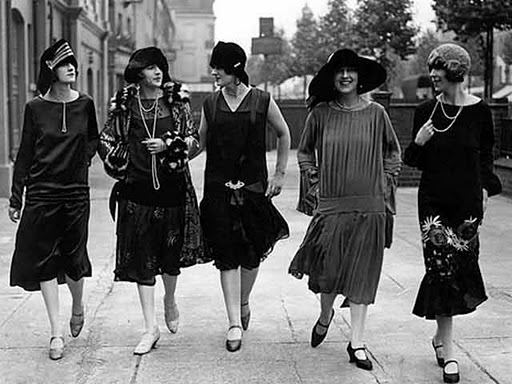
Coco Chanel also gave us the skirt suit and took the ‘garconne’ look a step further by helping to popularize trousers for women. Louise Brooks also helped popularize Palazzo trousers, which continue to be a staple of holiday fashion. As trousers gained acceptance for women, some took the androgynous look one step further by dressing in full tuxedos.
Everything came to a screeching halt when the stock market crashed in America between October 24 and 29, 1929 and the Great Depression began. Hemlines were already getting a little longer and the transition into the fashion that would be remembered during the 1930s began as the decadence of the decade quickly disappeared in the rear mirror.
Who were some of the famous women who defined the style of the Roaring ’20s and the flapper?
Perhaps no one epitomized the Flapper more than Zelda Fitzgerald, the audacious wife of F. Scott Fitzgerald, the author of The Great Gatsby. Fitzgerald would declare his wife ‘the first American Flapper’ based on her creativity, independence, and attitude.
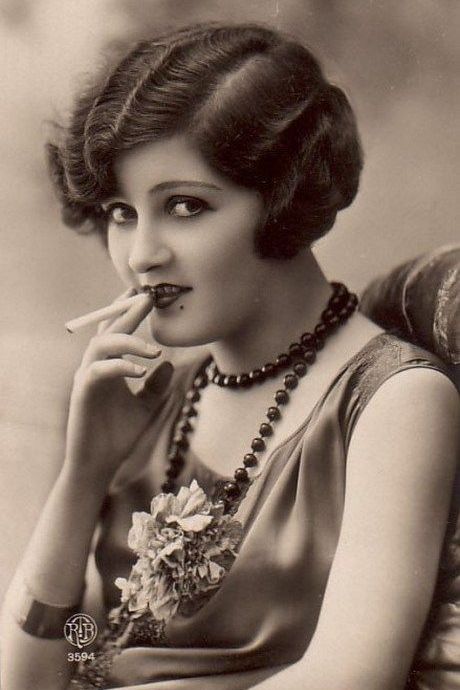
American actress Clara Bow was the original IT girl. She personified the
young woman of the 1920s.
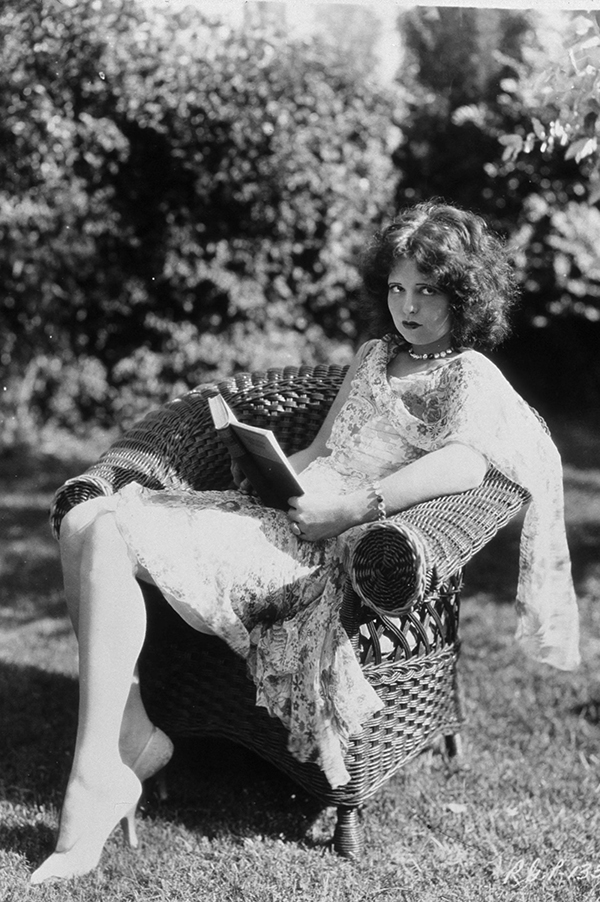
“I was the spark that lit up flaming youth, and Colleen Moore was the torch. What little things we are to have caused all that trouble.” – F. Scott Fitzgerald
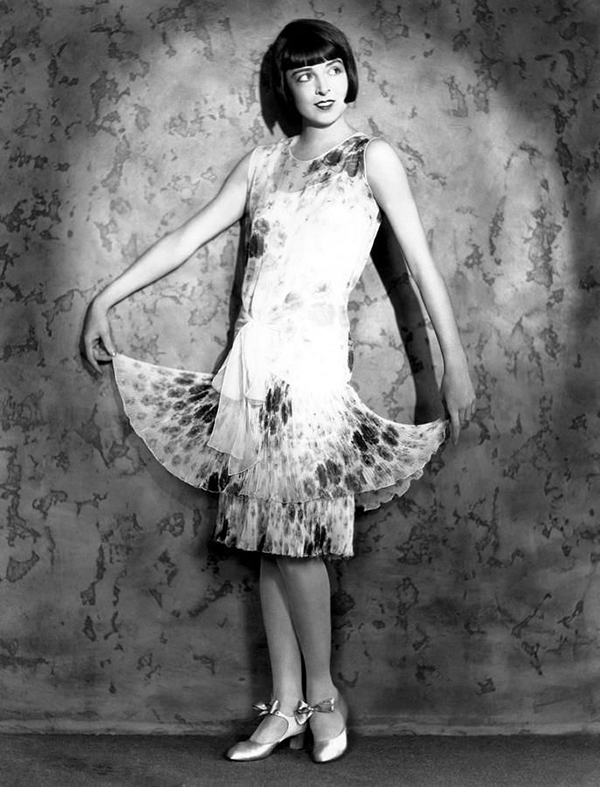
“Louise Brooks with her sharply bobbed hair is one of the most iconic figures of 1920s cinema and epitomized the rebellious modern woman of the time. ” (Louise Brooks: From Dancer to Showgirl to Scandalous Flapper Icon)
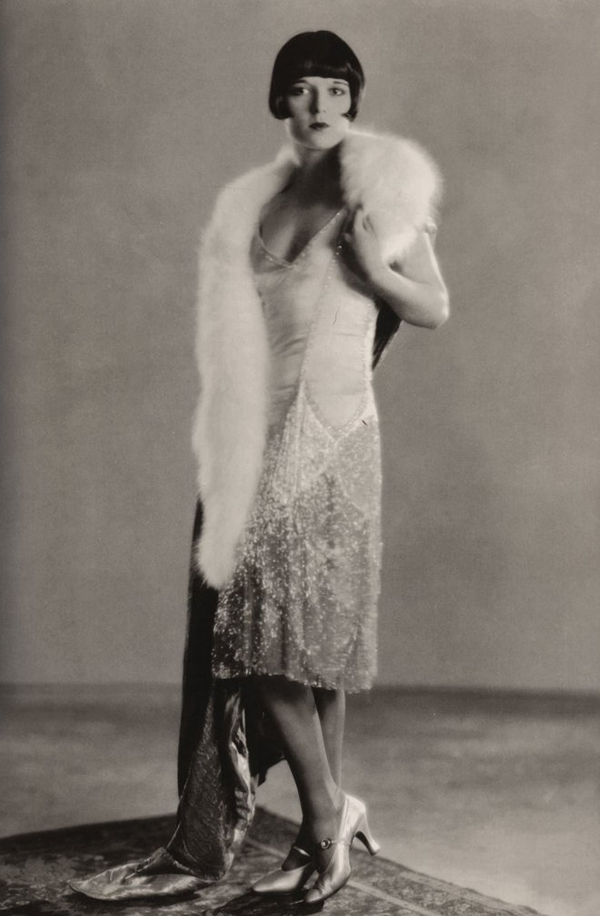
Greta Garbo had her own sense of style. Her favorite designer was Valentina Schlee. She epitomized the glamor of old Hollywood.
Joan Crawford used the persona of a Flapper to promote her film career. She appeared as a Flapper in the 1928 silent film, Our Dancing Daughters. She used this persona so well that F. Scott Fitzgerald once wrote about her as “doubtless the best example of a flapper.”
Josephine Baker was known as the queen of accessorizing.
Gloria Swanson dripped with glamor and was known for her extravagant dress sense.
Pola Negri introduced many fashion trends such as fur boots and red
toenails.
Mary Pickford was known as ‘America’s Sweetheart.’ She was a co-founder of United Artists along with Charlie Chaplin. She was an original power-dresser.
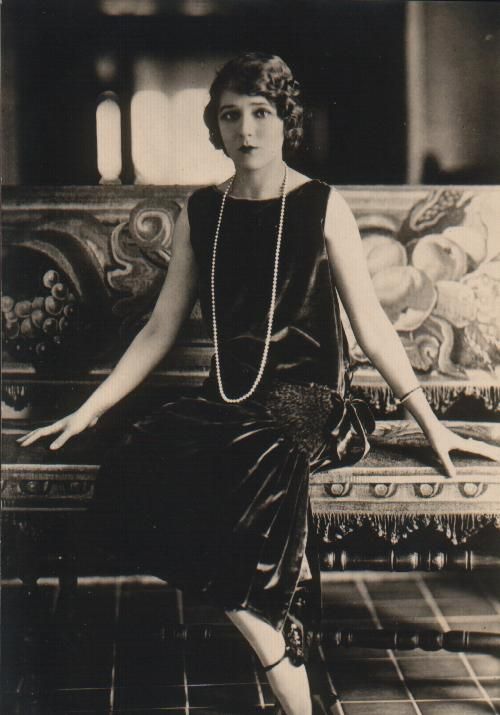
We remember Fay Wray because of the 1933 version of King Kong, but she was a flapper in every way!
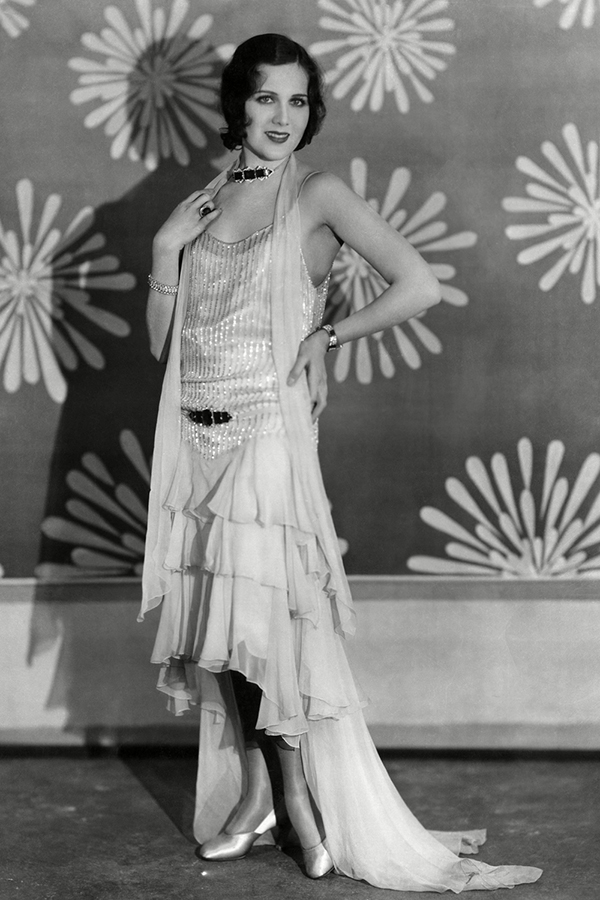
Norma Shearer was one of the most popular actresses in North America from the mid-1920s through the 1930s. Her early films cast her as the girl-next-door, but for most of the Pre-Code film era, she played sexually liberated women in sophisticated contemporary comedies. (27 Beautiful Portraits of Norma Shearer From the 1920s and 1930s)
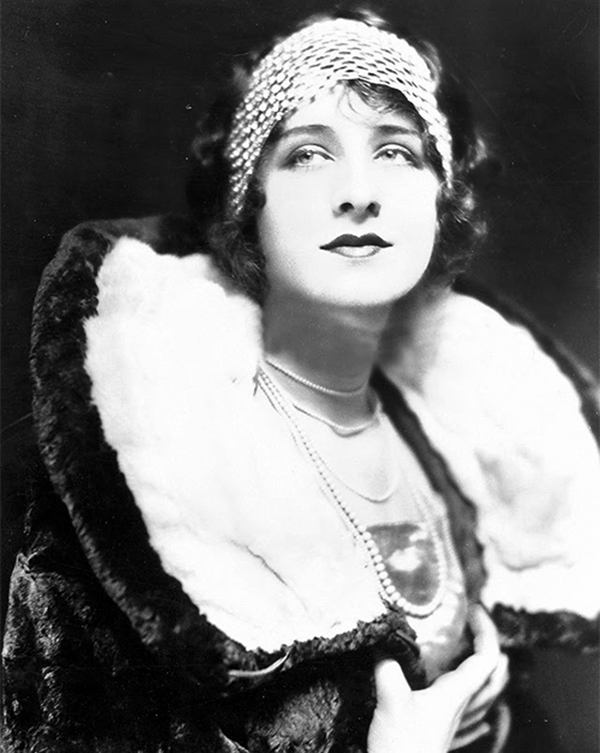
Recollections celebrates the 1920s through our Flapper Collection and other fashions from the Roaring 20s. We invite you to stop by and browse all of our history-inspired fashions!
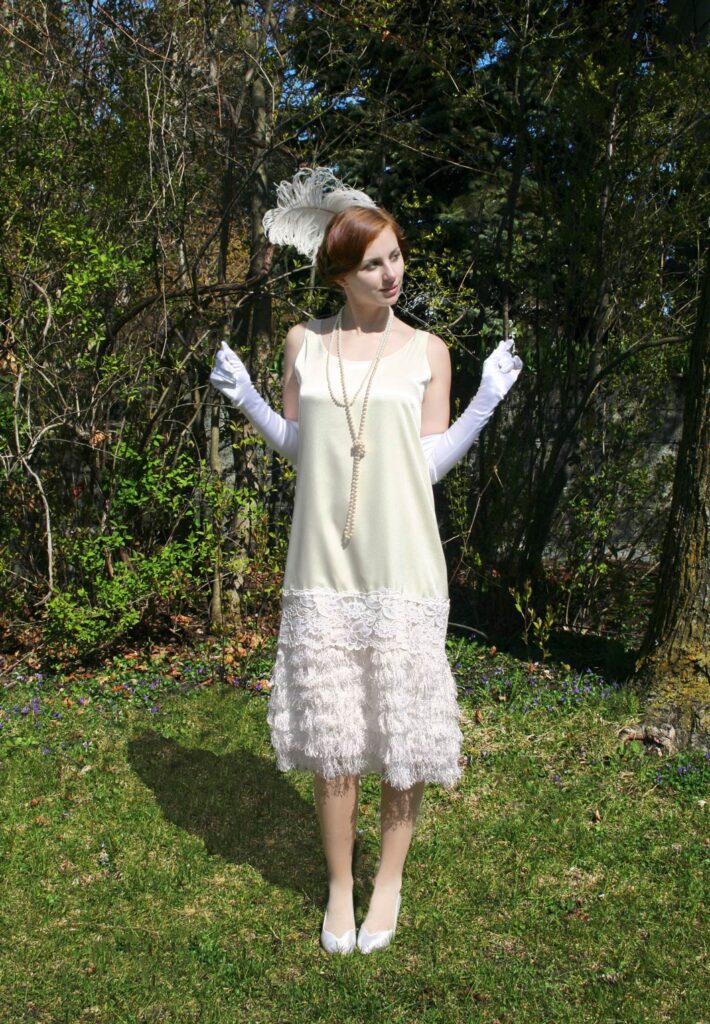
More fun from the past history:
Victorian cocktails: The Golden Age of mixology

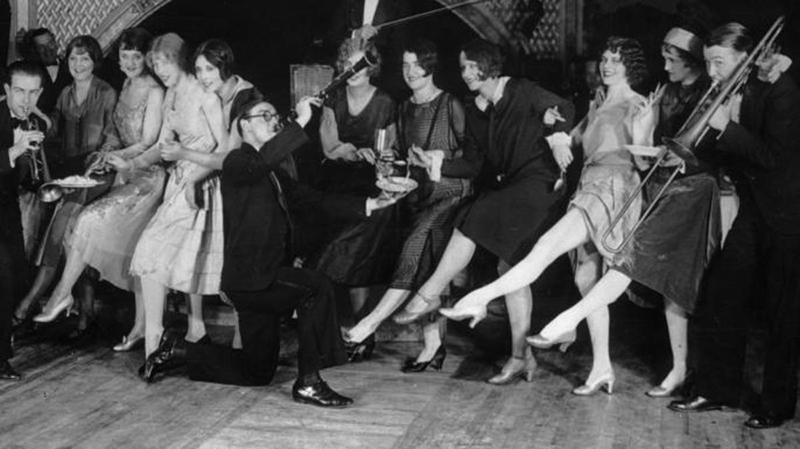
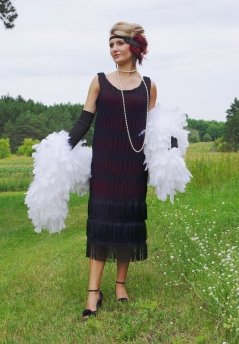
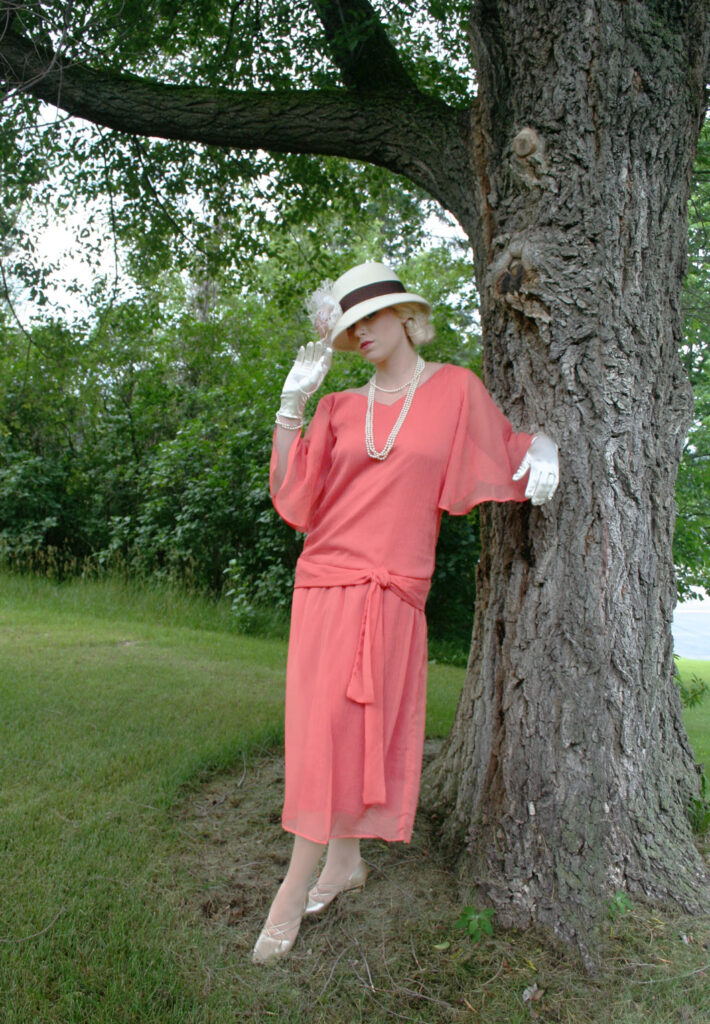
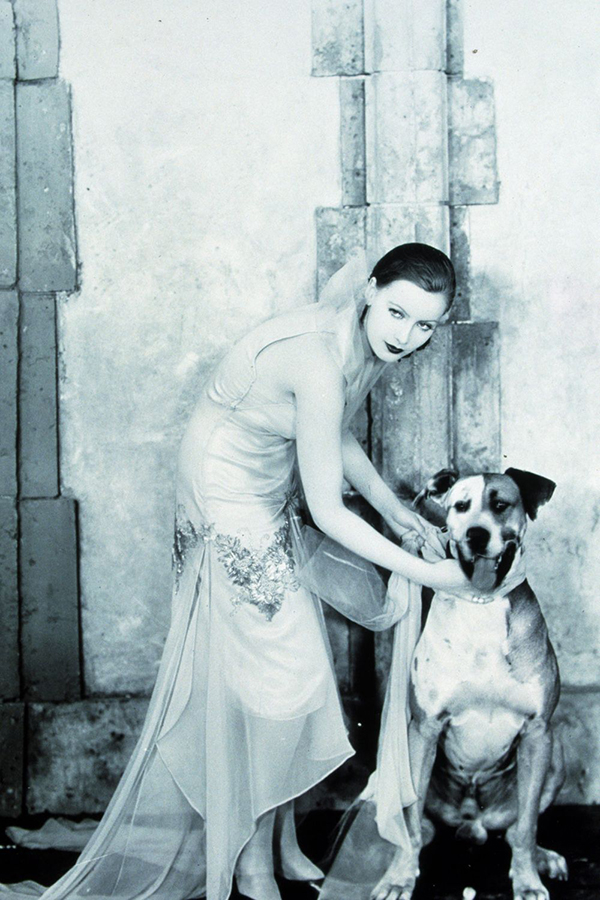
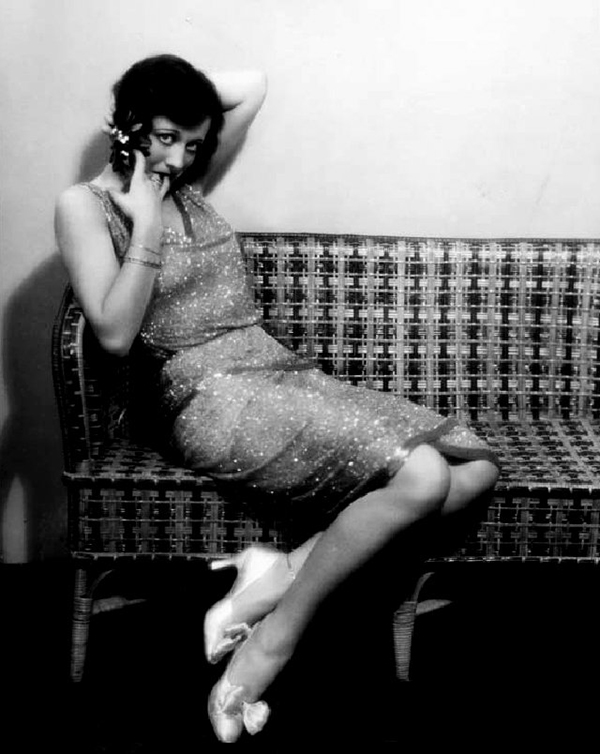
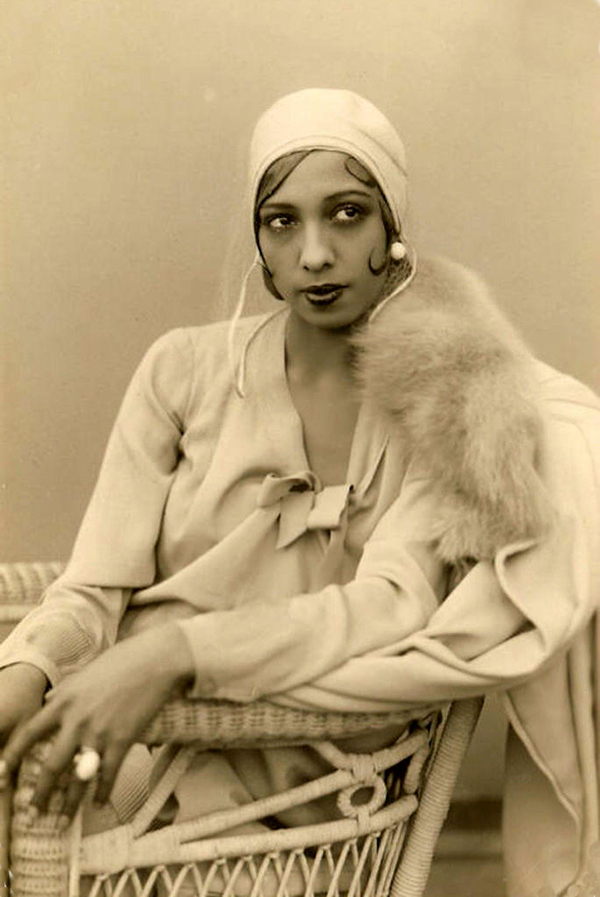
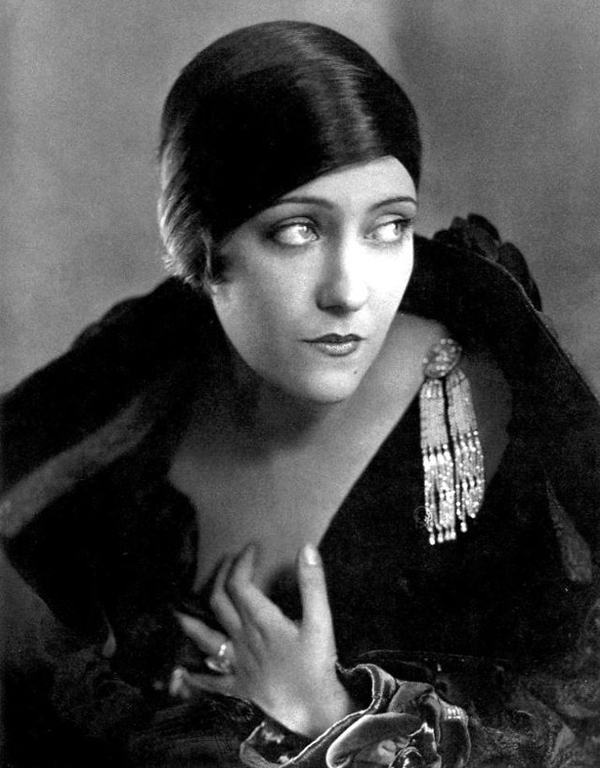
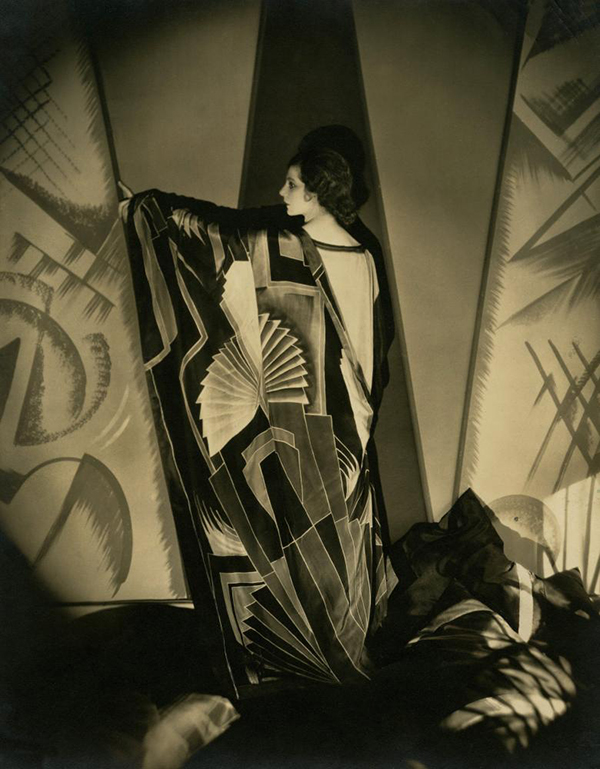
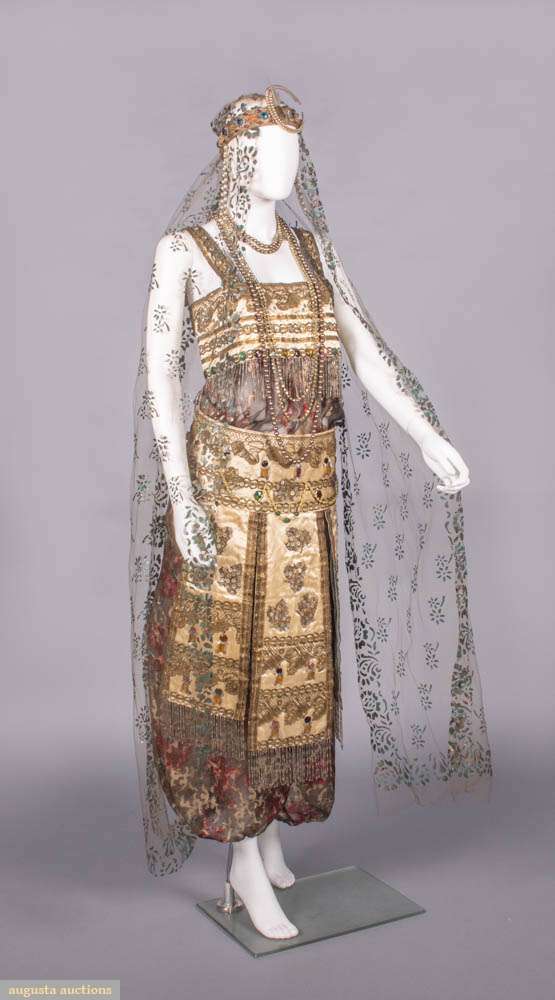


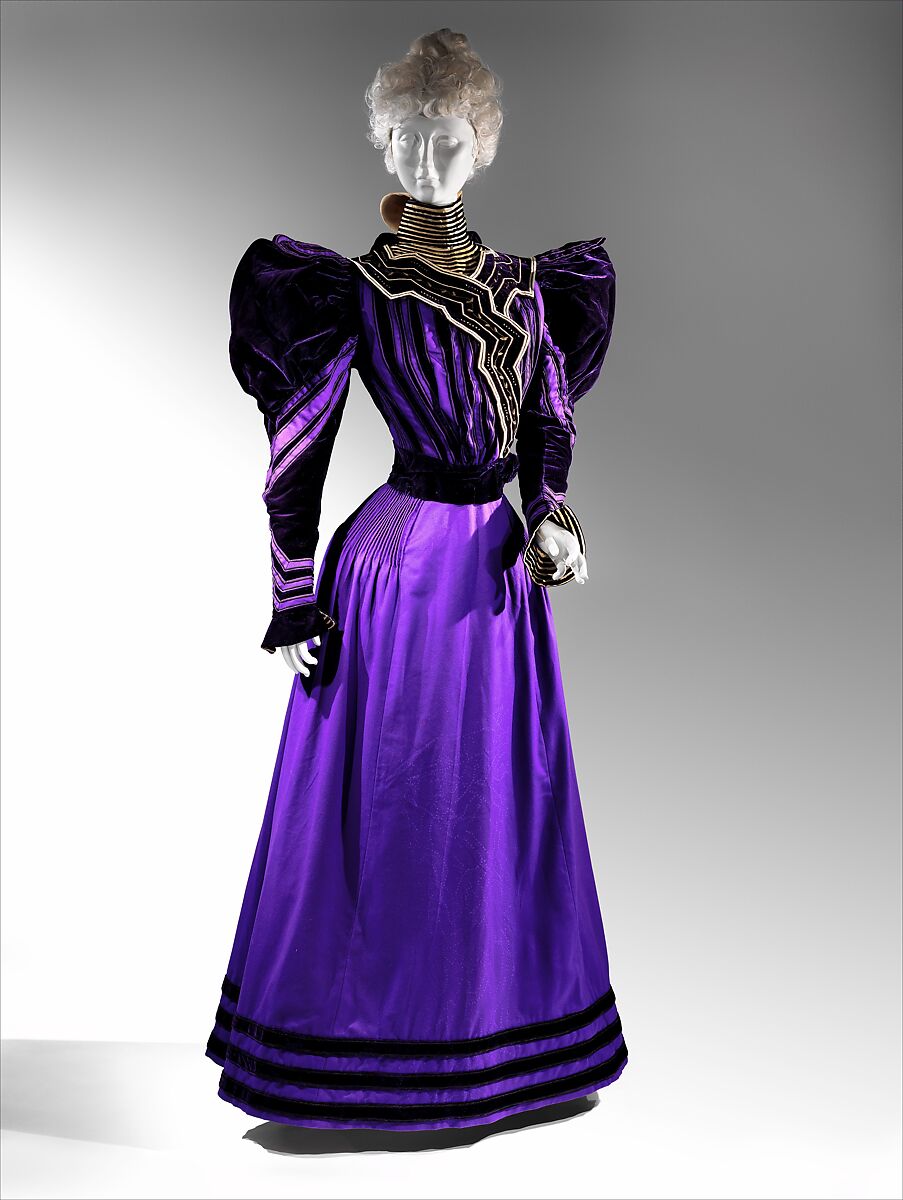

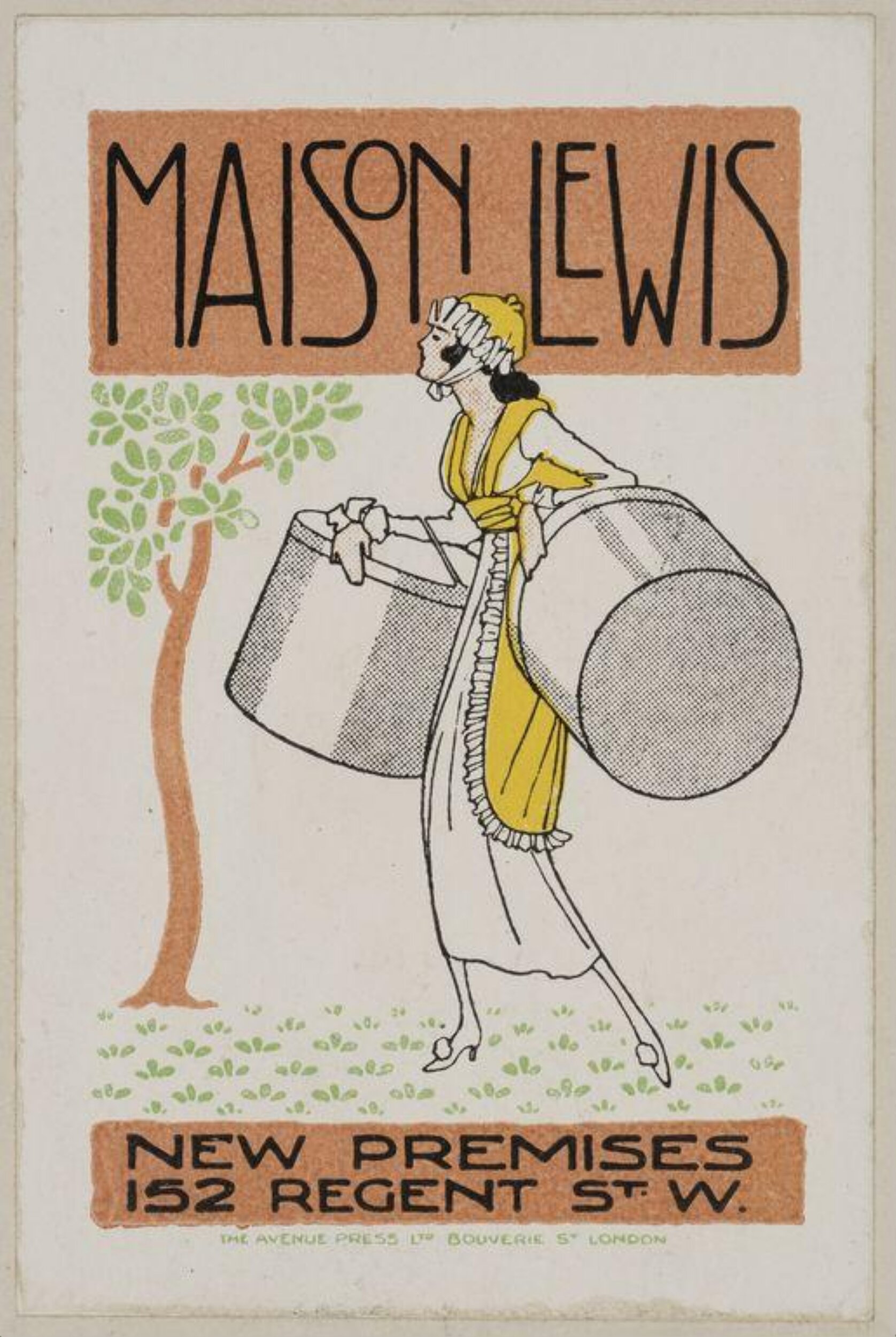
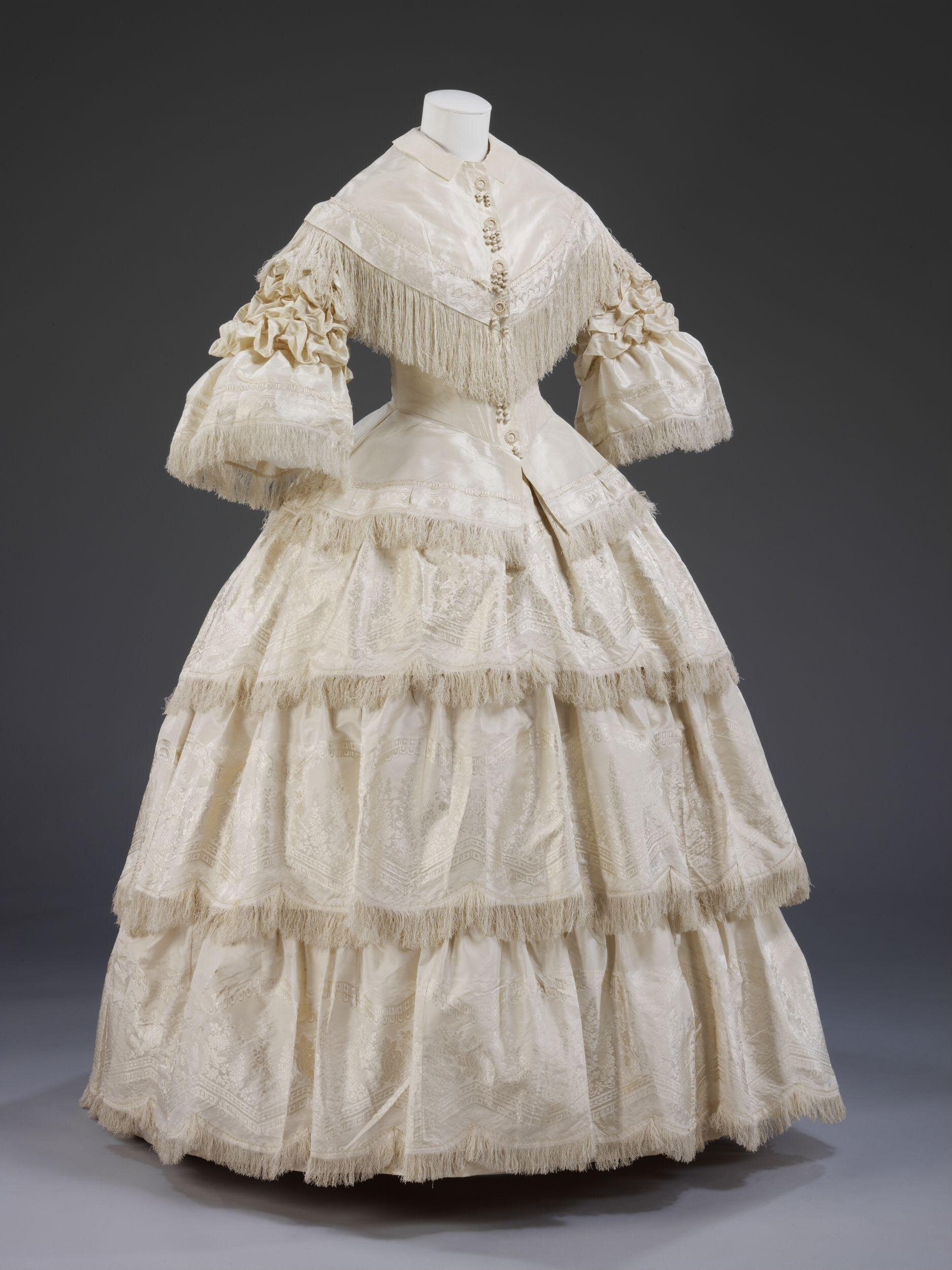
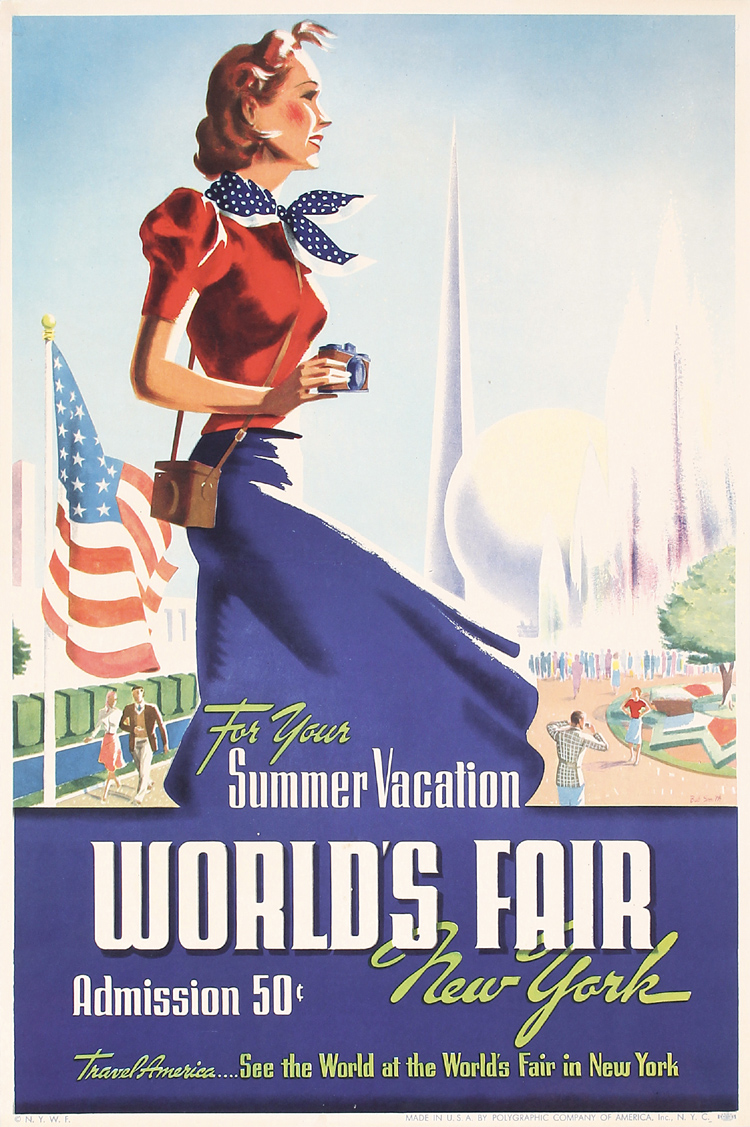
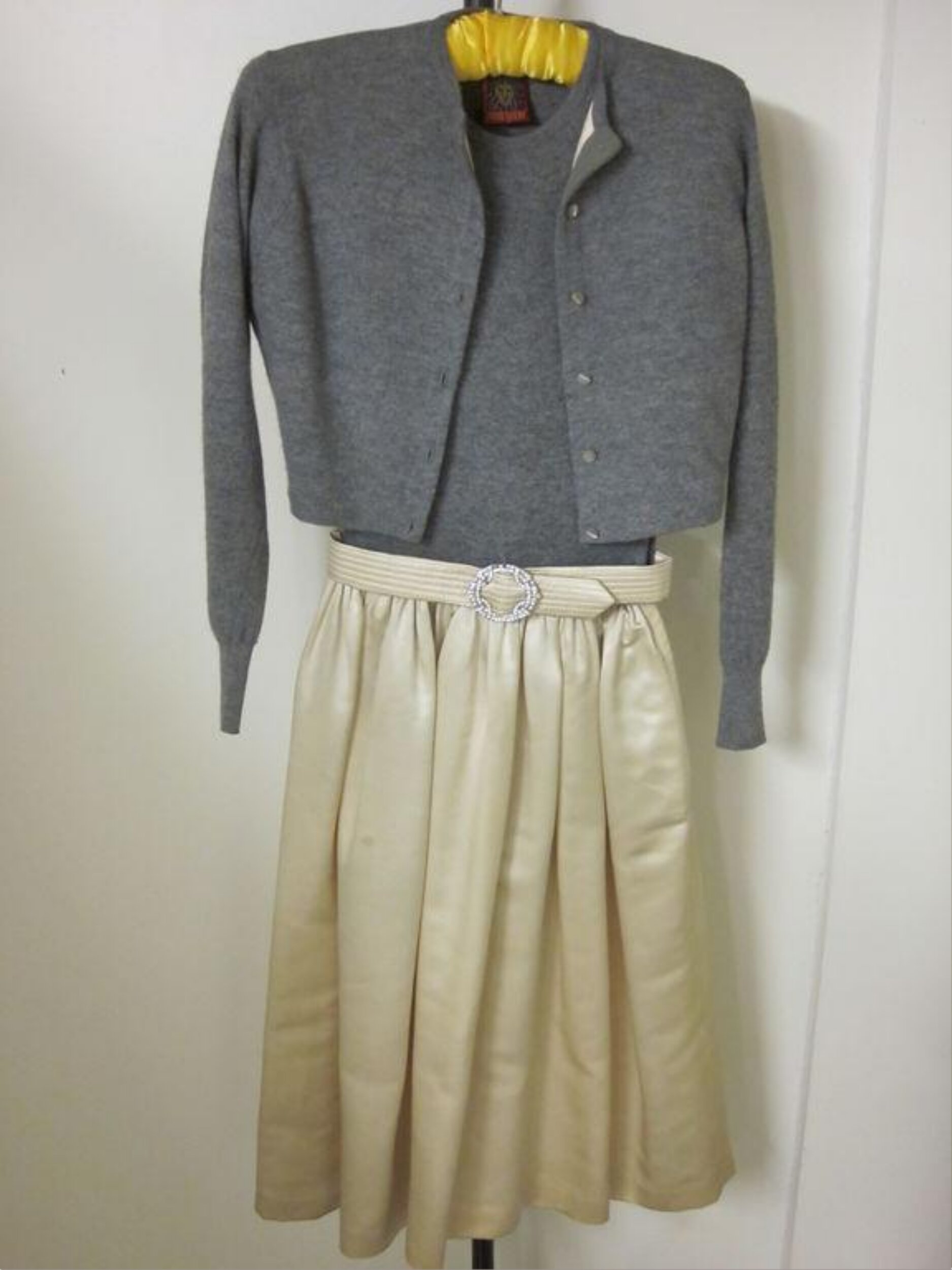
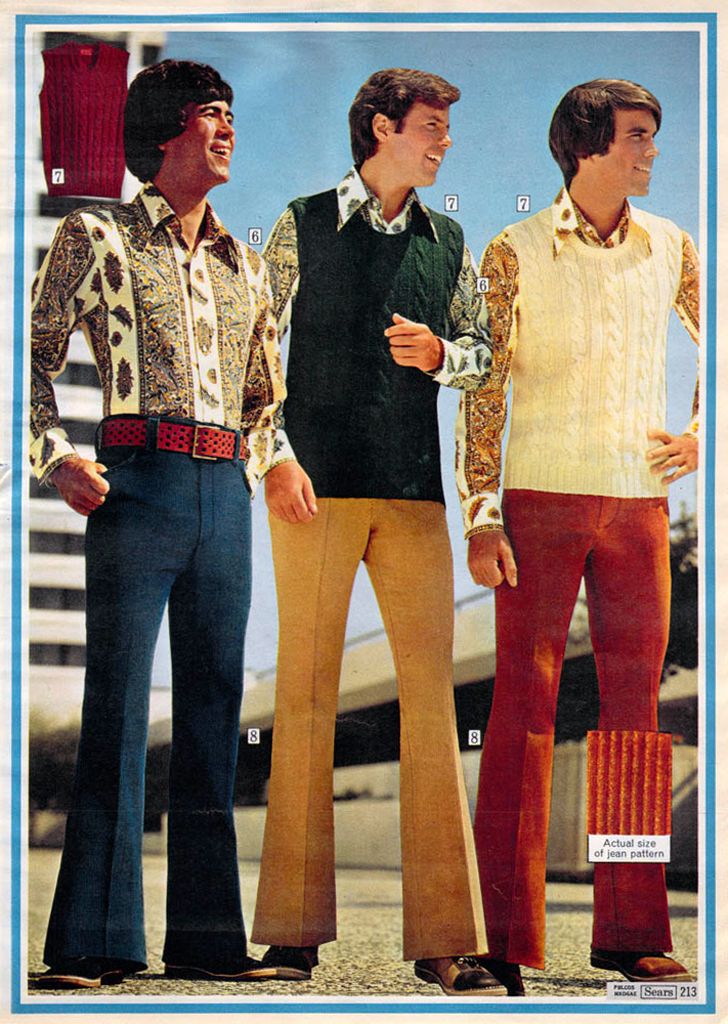
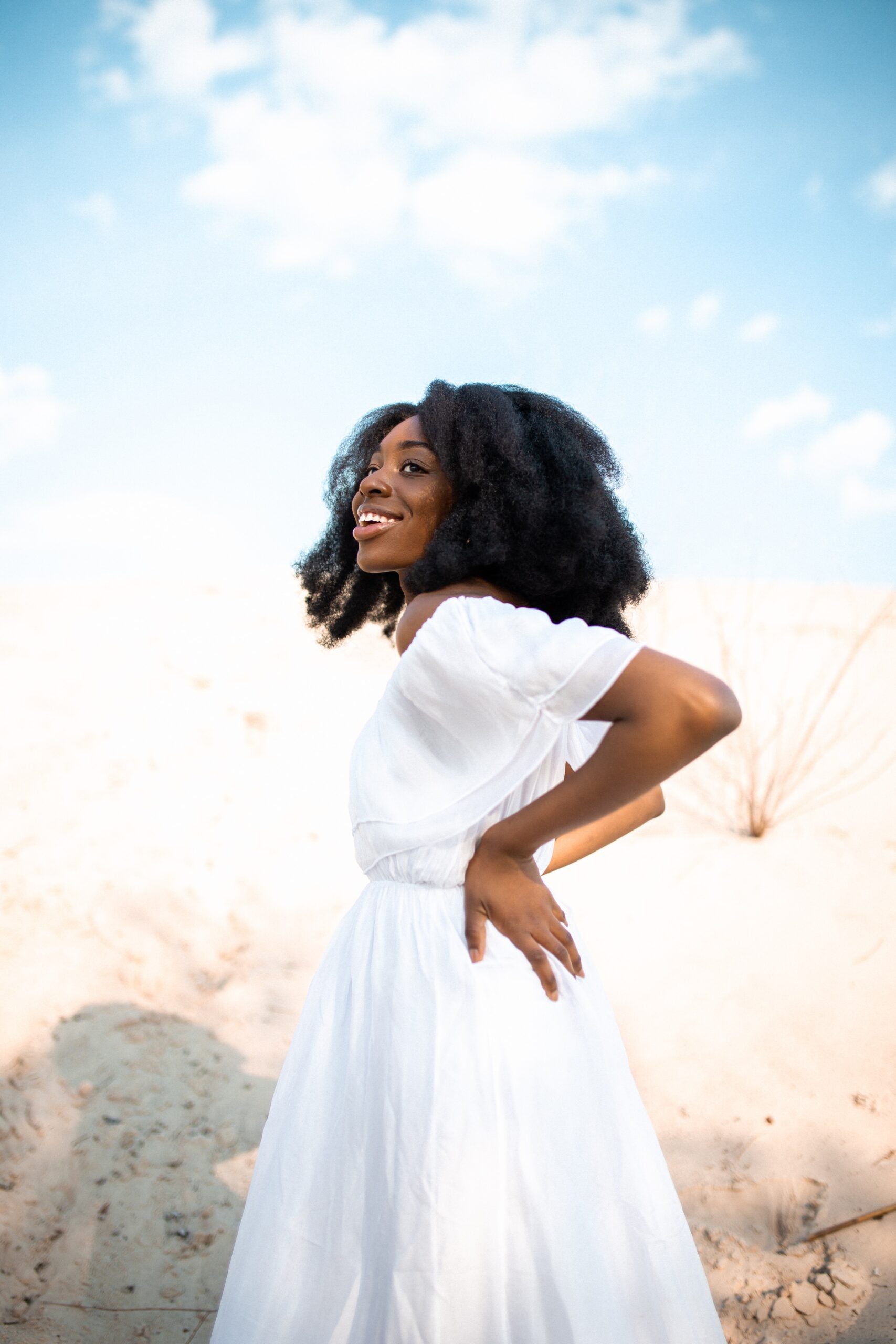
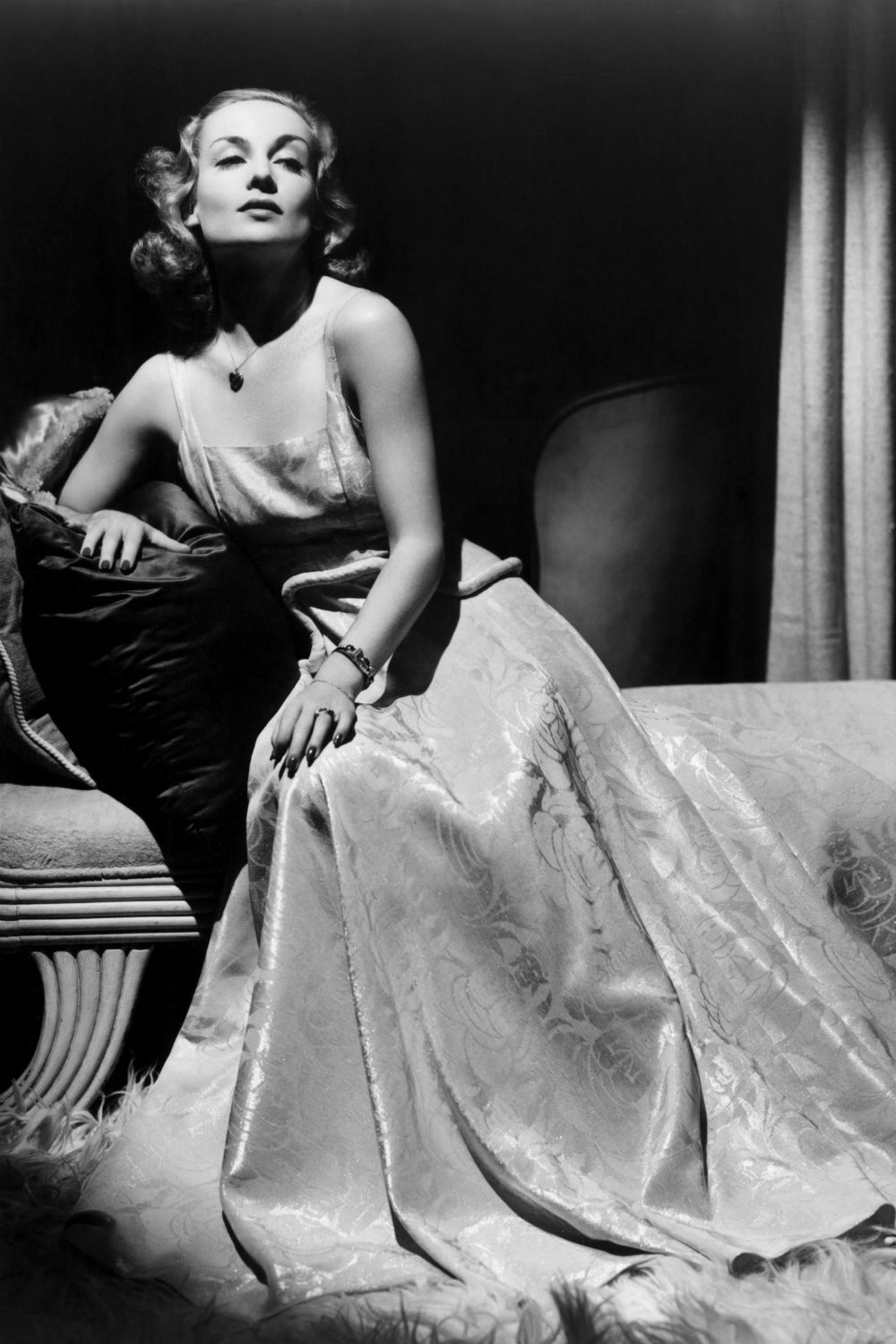
Hi Lynn, We did not know that! Thanks for that info!
Nice article! Did you realize that Colleen Moore was from Port Huron, Michigan? They’re very proud of her, and featured her in their historical museum!